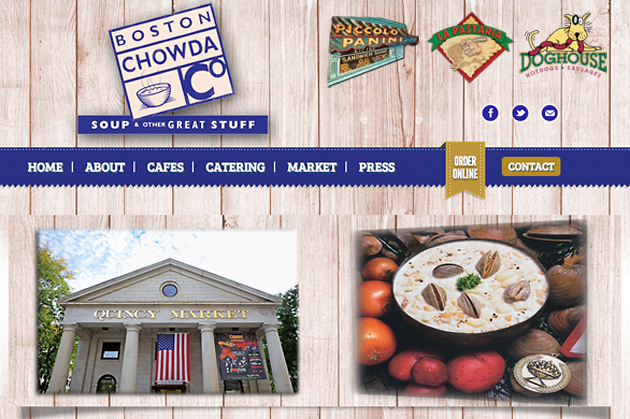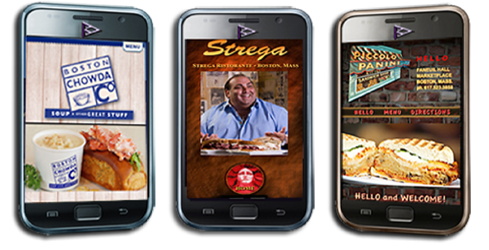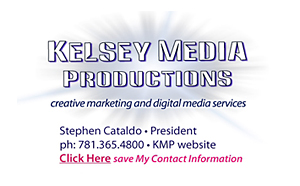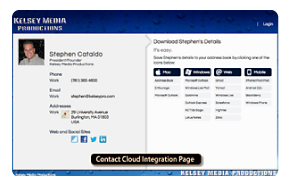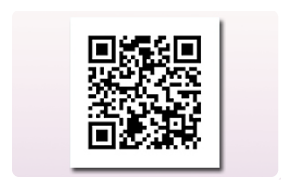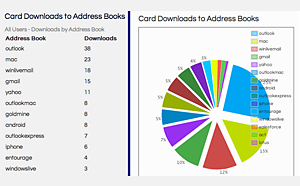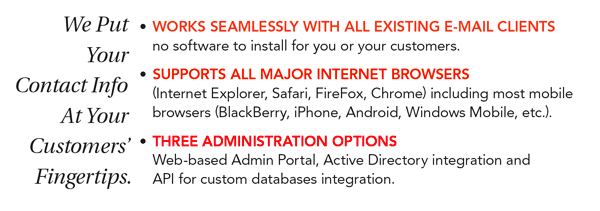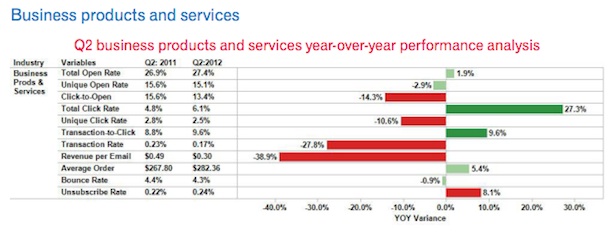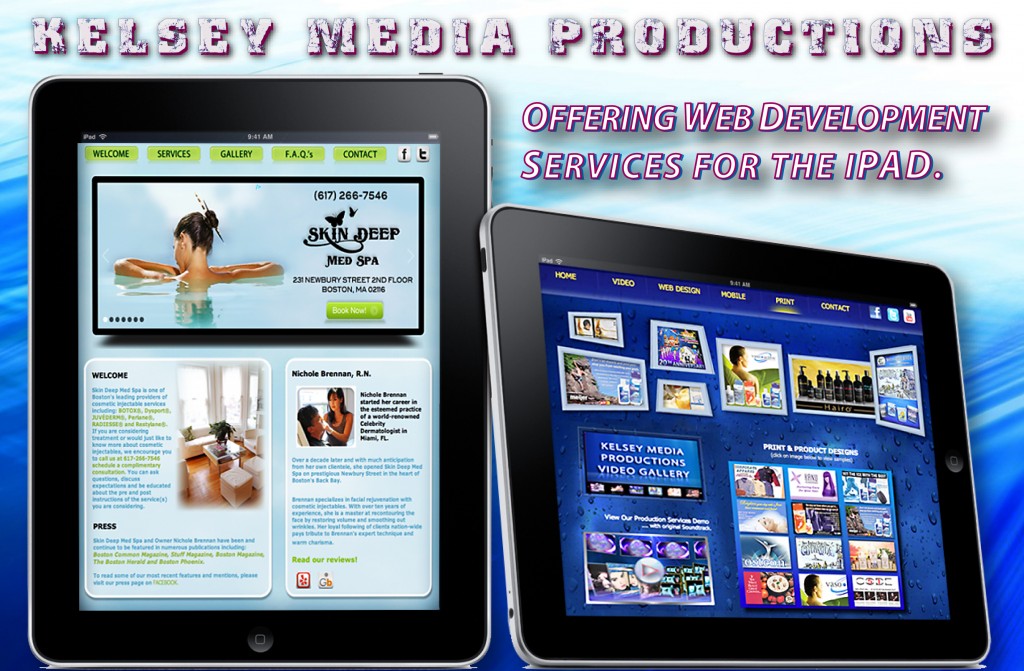by David Murdico In the land of social media, content is king. Respect the king and he will reward your loyalty. Creating and sharing content, along with active engagement, is the key to marketing via social media, but whether your startup is heavily funded or operating on a shoestring, your budgets are carefully scrutinized and there is a strong need for results. Therefore an emphasis must be put on creating and sharing the right content so your startup doesn’t burn through valuable resources in the process.
The biggest myth about social media is that once you create a page or account it will automatically boost your company’s visibility and popularity. This is extremely false! Social media is practically useless if you don’t regularly manage your accounts and provide content that is relevant, engaging and sharable.
1. Post relatable content
Startups often face the question, “What should we post?” when managing their brands’ social media accounts. This is where providing relatable content comes into play. A social media page should not solely be used for spamming marketing and ad content to followers; marketers should also regularly post indirectly-related content to keep followers interested and hit a wider swath of people.
Relatable content can also include posts about events, pop culture trends or the holidays, particularly in ways that mesh with your brand, such as holiday sales. In other words, when thinking about what to post, approach it in a very personal manner so that you post content that your followers will easily relate to and be interested in. Also, don’t forget to actively engage the people who are responding to and sharing your content!
2. Post pictures
Pictures are an easy way to draw attention to your social media posts. Let’s take Facebook for example. Posts that come up in the newsfeed with a picture are a million times more likely to draw attention than a simple text status. Try to pick an image that is related to your post and will also stand out when appearing in the newsfeed. Every post should come with a picture or should at least provide a link with a relevant thumbnail.
3. Post videos
Like pictures, video is another great tactic to draw attention and engage your followers through your social media page. Websites such as YouTube and Vimeo have developed ways for their videos to be embedded almost anywhere on the internet, including social media sites! Take advantage of this versatile feature and share your videos and/or other relatable videos across all of your social media platforms engage your fan base.
4. Do giveaways
Followers needed a reason to begin following your social media page and they also need reasons to stay engaged. Giveaways are a great strategy to keep your followers happy while at the same time promoting your products. Create social media giveaways that require followers to share your content with friends before they can enter for a chance to win one your products, services or prizes. Not only does your page gain more followers, but your products and services are also broadcasted to a widening audience.
5. Focus on Aesthetics
Once again, marketing always comes down to drawing attention through visually pleasing and eye-grabbing content. The look and feel of your social media page should be taken just as seriously as the design of your main website. An aesthetically polished social media page can go a long way in making your brand appear more professional and will separate you from your competitors. Social media sites all offer different ways of designing your page (some more than others) and putting on the finishing touches. Facebook’s “Cover Photo” is a recently developed concept that allows for companies to upload a photo banner to the top of brand page to be used creatively for marketing, branding, etc. Remember the most important part of aesthetics is being creative; do this and you will surely have success!


